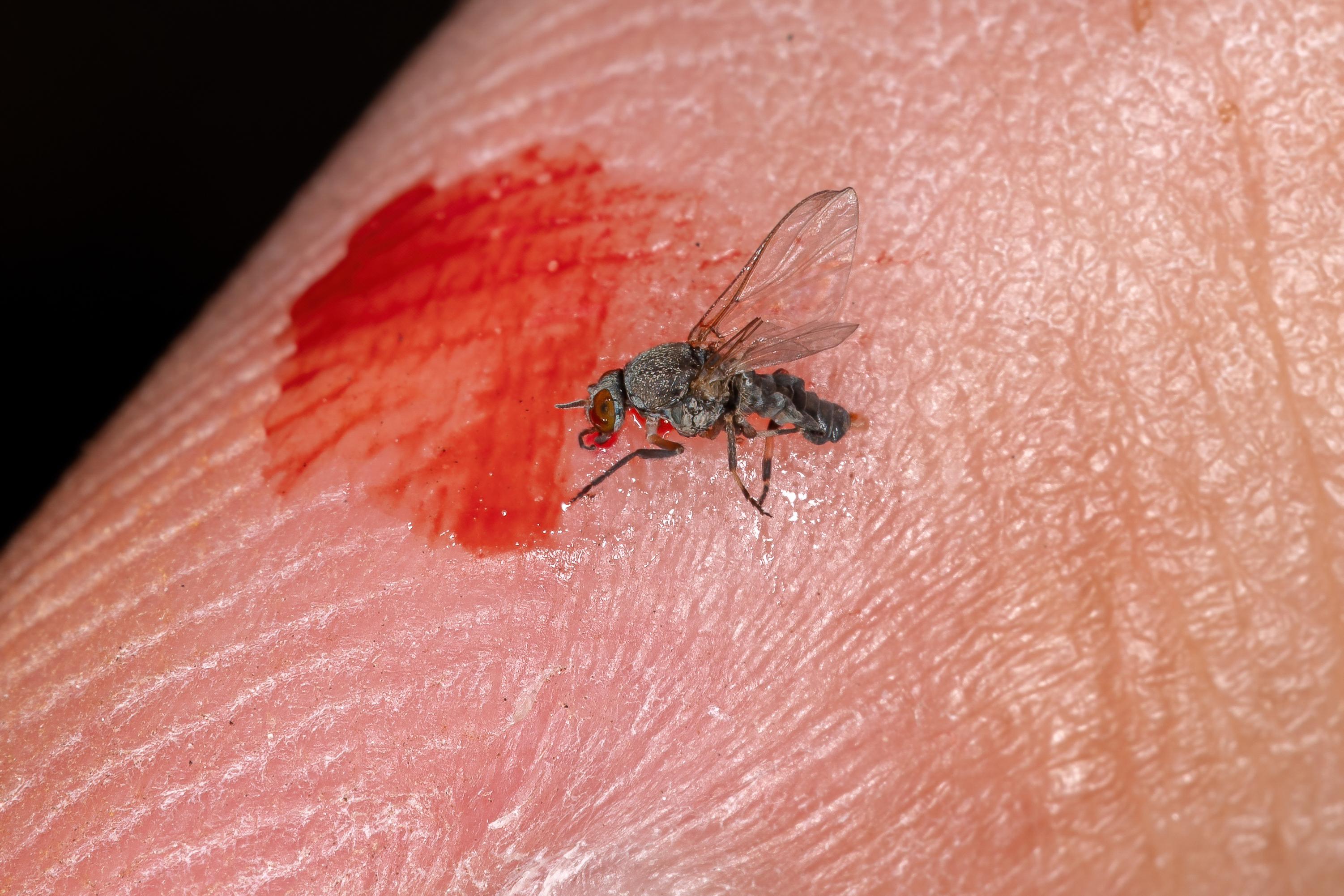While it was previously thought that it took a few days for the skin to react to allergenic contact substances, a Danish study shows that, on the contrary, some patients develop an allergic reaction much faster.

- While it was thought so far that allergic skin reactions only appear a few days after contact with the allergenic substance, this work shows that it is possible to develop allergic contact dermatitis at a very early stage, on average 12 hours after contact.
- This early allergic reaction is due to the action of two types of immune cells: memory T cells and neutrophils, which cause the rash.
Perfume, nail polish, hair color, sunscreen, nickel jewelry… In people prone to allergies, these products can be highly allergenic, triggering what is called allergic contact dermatitis. This allergic reaction causes skin changes such as erythema, scaling, edema or swelling.
Unlike hay fever or food allergies, which trigger immediate allergic reactions, allergic contact dermatitis is considered by researchers to cause a delayed response. According to them, it can sometimes take several days before the skin reacts to substances such as nickel and perfumes.
However, a new study conducted by the LEO Foundation Skin Immunology Research Center at the University of Copenhagen suggests another view. Published in the journal allergyhis conclusions show that contrary to what was previously thought, some patients can develop allergic contact dermatitis at a very early stage.
Discovery on T cells
In this new study, researchers attempted to understand why some react to contact allergens much faster than detailed in the medical literature. “It turns out that when a part of the skin is exposed to the allergen for the first time, the cells in that specific skin area develop a local memory to the contact allergen. And when the same area is re-exposed to the allergen at a later time, the patient develops a clear reaction in just 12 hours”, explains Anders Boutrup Funch, doctoral student and first author of the study.
By conducting their research on mice, scientists have discovered that it is the body’s T cells that are responsible for these allergic reactions. While it was thought until now that they were only responsible for delayed allergic reactions (known as type 4), this new work has shown that these immune cells are on the contrary capable of building a sophisticated memory which allows them to react much faster than previously thought.
Neutrophils causing the rash
The immediate allergic reaction is not just due to memory T cells. The study shows that following exposure to an allergen, specific white blood cells called neutrophils flock en masse to the affected part of the skin. Normally, the recruitment of neutrophils serves to fight infections, as these cells are able to effectively eliminate microorganisms. But by eliminating these microorganisms, they also cause intense infection and local tissue damage, which causes a rash. However, this neutrophil reaction is observed only in the event of an immediate allergic reaction to contact allergens, and not in the event of a delayed reaction.
This new knowledge on allergic contact dermatitis must now be confirmed by new research carried out on humans.
.














